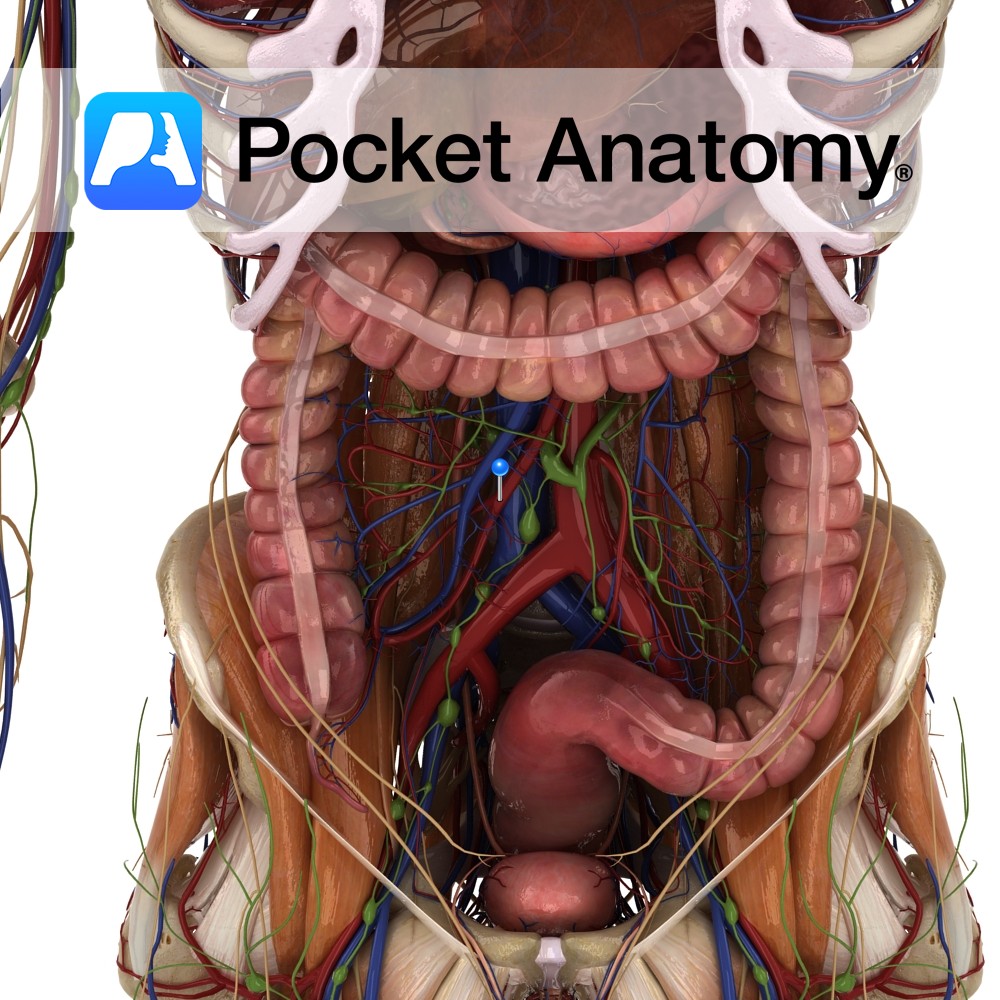Anatomy
Origin:
Clavicular head: Medial half of anterior surface of clavicle.
Sternocostal head: Anterior surface of manubrium, sternum, upper six costal cartilages and external oblique aponeurosis.
Insertion:
Lateral lip of intertubercular groove of humerus.
Key Relations:
The upper border of the muscle is separated from deltoid by the deltopectoral groove (infraclavicular fossa), in which lies the cephalic vein.
Functions
-Powerful adductor and medial rotator of the humerus e.g. as in using roll on deodorant.
-The sternal/posterior fibres extend the humerus from a flexed position.
-The clavicular/anterior fibres flex the humerus from an extended position.
Supply
Nerve Supply:
-Medial pectoral nerve
-Lateral pectoral nerve
-Clavicular head: (C5, C6)
Sternocostal head: (C7, C8, T1)
Blood Supply:
Pectoral and deltoid branches of thoracoacromial trunk.
Clinical
The pectoralis major muscle can be observed and felt contracting by instructing the patient to adduct the arm from an abducted position against resistance or if the arms are flexed at the shoulder to 60°, maintenance of this position against resistance applied downwards by the clinician mainly involves the use of fibres of the clavicular portion or maintenance of this position against resistance applied upwards by the clinician mainly involves the use of sternocostal fibres.
Interested in taking our award-winning Pocket Anatomy app for a test drive?


.jpg)


